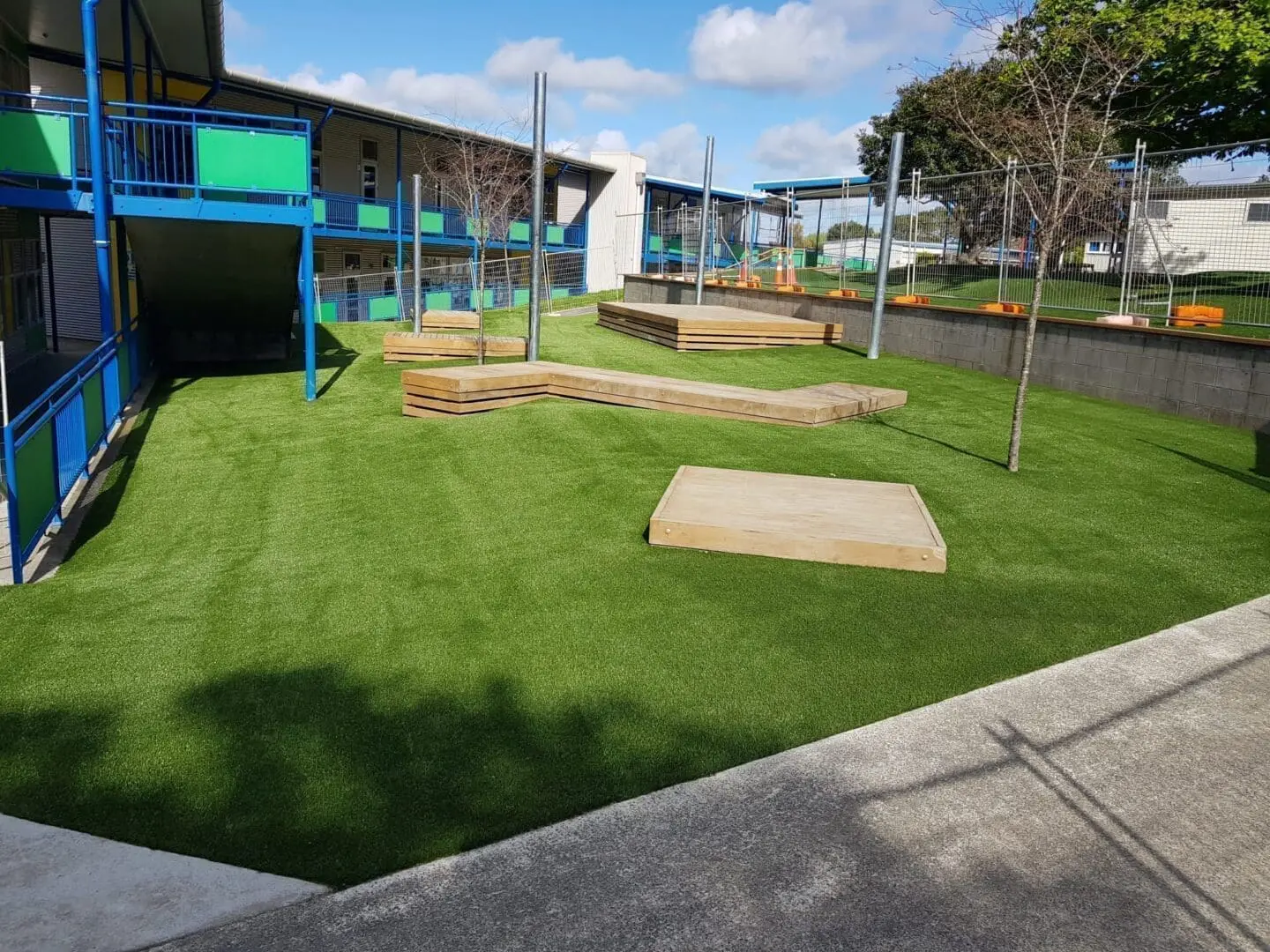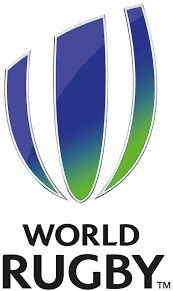
Artificial grass is designed to be tough. Whether it’s installed on a school field, residential backyard, or a high-use sports facility, synthetic turf offers a long-lasting surface that can handle frequent foot traffic, heavy play, and all sorts of weather.
But just how durable is it? And what factors affect how long it lasts? In this guide, we’ll explore everything you need to know about the durability of artificial grass—plus tips to help you get the most out of your investment.
With proper installation and basic maintenance, artificial grass can last anywhere from 8 to 15 years or more. In many TigerTurf NZ turf installations, we’ve seen surfaces last even longer in residential settings or low-impact applications.
The expected lifespan depends on several factors:
Modern synthetic turf is built using UV-stabilised yarns, reinforced backing, and infill systems that keep fibres upright and supported—making it ideal for long-term performance.
To better understand what can extend or shorten your turf’s life, let’s break down the main factors:
High-quality turf like ours uses polyethylene or polypropylene fibres with a dense, tufted pile. Denser surfaces tend to wear better under stress, and specialised yarn shapes (like V- or C-shaped blades) help resist flattening.
Infill provides cushioning, supports fibre structure, and protects the base. Choosing the right infill—whether sand, rubber, or organic blends—can reduce wear and impact on the turf.
Outdoor turf must withstand harsh sun exposure, especially in New Zealand’s intense UV environment. UV-resistant yarns prevent fading, brittleness, and premature degradation.
A residential lawn might see light daily use, while a school sports field could be used by hundreds of students every day. At TigerTurf NZ, we match turf systems to their intended use to ensure long-term performance.
Artificial turf can be used in many applications, but some environments demand extra resilience. Here are a few examples:
TigerTurf surfaces like our multi-sports systems and education solutions are designed to endure daily wear from sports, games, and play.
For homes, durability means less time maintaining or patching lawn areas. Check out our landscape solutions for pet areas, shaded lawns, and more.
Performance turf for rugby, football, and hockey needs to be durable under cleats, tackles, and regular training. Our synthetic sports turf is built to last in demanding environments.
Even though artificial grass is far more durable than natural grass, a little care goes a long way. Here’s what we recommend to keep it in top shape:
For pet owners or schools, spot cleaning with turf-safe cleaners will also help maintain hygiene and fibre integrity over time.
We’ve installed TigerTurf across a wide range of environments—from high-performance sports stadiums to primary school playgrounds. Some of our long-term clients have seen their turf last well beyond 10 years, with only minor maintenance required.
Take a look at our case studies to see how our artificial turf performs in real-world New Zealand conditions—whether it’s underfoot during daily PE class, or part of a landscaped community green.
When properly installed and maintained, artificial grass offers a highly durable, cost-effective solution for many applications. It holds up against the elements, withstands regular use, and retains its look and feel year after year—far outlasting natural grass in many environments.
At TigerTurf NZ, we’ve spent decades refining turf systems that perform under pressure. If you’re planning a new installation and want to know how long it will last in your unique setting, we’re here to help.





